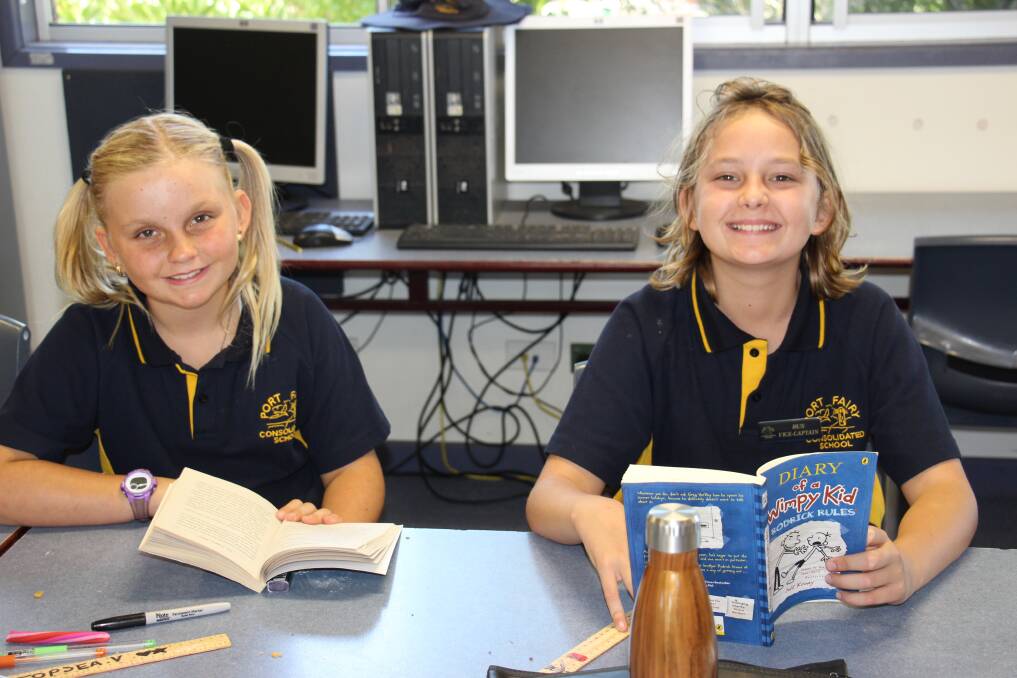Two south-west schools have achieved substantially above average gain in NAPLAN results.
Subscribe now for unlimited access.
$0/
(min cost $0)
or signup to continue reading
Results from the 2017 National Assessment Program - Literacy and Numeracy numeracy and literacy test found Port Fairy Consolidated School (years 3-5) and Heywood and District Secondary College (years 7-9) had the highest above average gain in the region.

The gain in student achievement, as featured on the My School website, looked at students’ overall gain compared to previous years. The gain is compared to schools with similar students and compared to other students at the same average NAPLAN starting score.
Australian Curriculum Assessment and Reporting Authority (ACARA) chief executive Robert Randall congratulated principals Kath Tanner and Glenn Kane and their school communities on “achieving substantially above average gain in the National Assessment Program - Literacy and Numeracy (NAPLAN 2017)”.
“Improvement in student literacy and/or numeracy of this magnitude, as measured by NAPLAN, is significant and worthy of highlighting and acknowledging,” Mr Randall said.
Port Fairy Consolidated School principal Kath Tanner said the result could be attributed to a whole-school approach and collaboration between staff to ensure a consistency in teaching.
“It’s fantastic,” she said. “I think it’s a testament to the great work of teachers that’s happened in the last five years,” she said.
“It’s evidence of the team working together, staff, students and parents. It’s not just what’s happening in the classroom but the work of specialist staff too.
“It shows the great work classroom teachers are doing and the other experiences they are having in specialist classes.”
She said the school had adopted mathematics consultant Michael Ymer’s approach and worked to build staff capabilities in it. The CAFÉ literacy program, where students worked on different literacy activities in small groups with students of like ability, was another contributing factor, she said.
The Port Fairy school was also one of six nationwide to be showcased and celebrated on the ACARA website which was relaunched on Wednesday. Ms Tanner shared some of the initiatives and methods they implemented which had made a difference to student’s learning.
Heywood principal Glenn Kane said the results were pleasing.
“It was fantastic,” he said. “It just validates the work you’re doing. We try to base our interventions on well-researched programs and the proof’s in the pudding. You want to see those improvements, it validates the work of the staff.”
He said the school introduced a literacy strategy in 2014 that included a number of interventions and programs including MultiLit and GRIN (Getting Ready in Numeracy – Maths intervention) which he said helped with literacy in maths in helping students to understand the key terminology.
“We also changed the way we teach English in years 7, 8 and 9 slowly over the last three or four years and it’s started to come into play. We’re getting above average growth with like schools, schools with a similar cohort of students in rural, regional type settings.”
He said what they were doing was working well. “I think it’s easy in education to grab the latest fad so we’ve got no plans to make any major changes, we’ll tinker and we have done that with our GRIN program, we’ve made some slight changes to it but by and large we’ll hold the course.”

